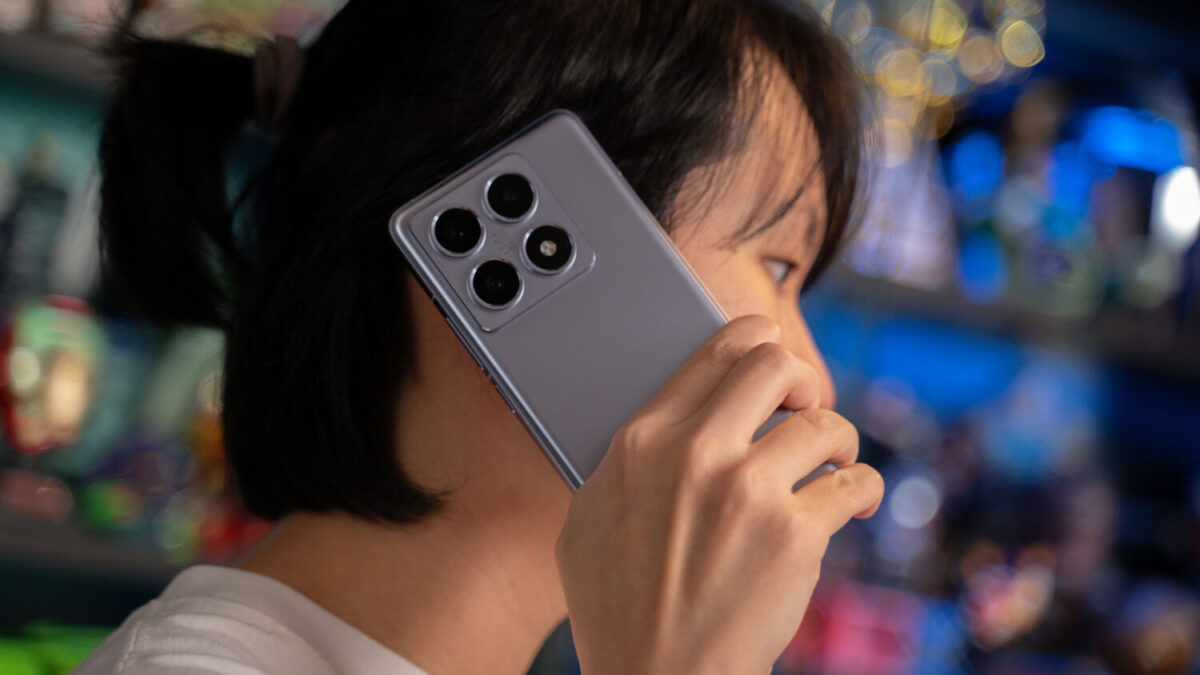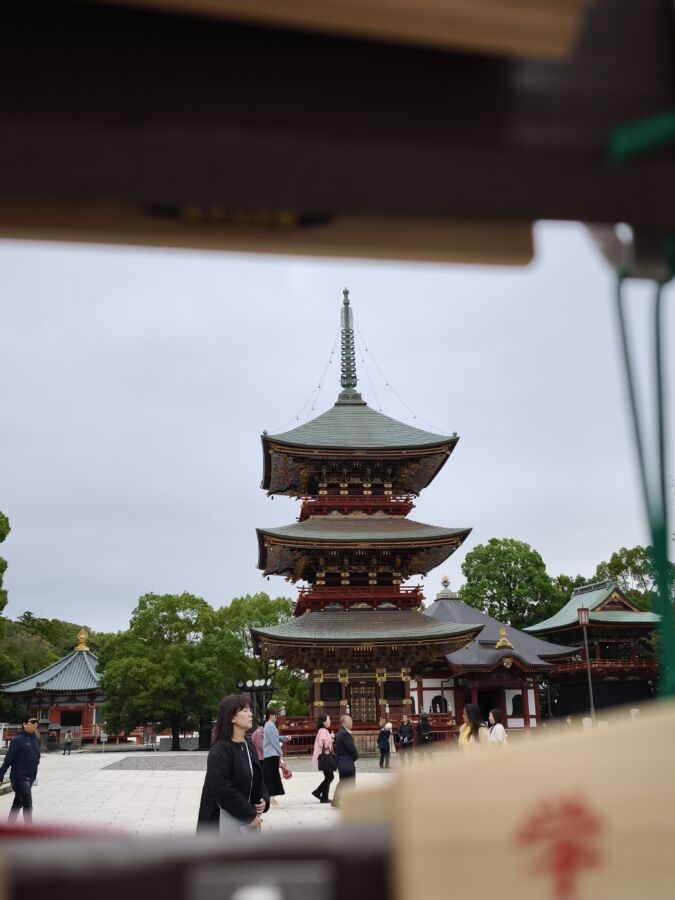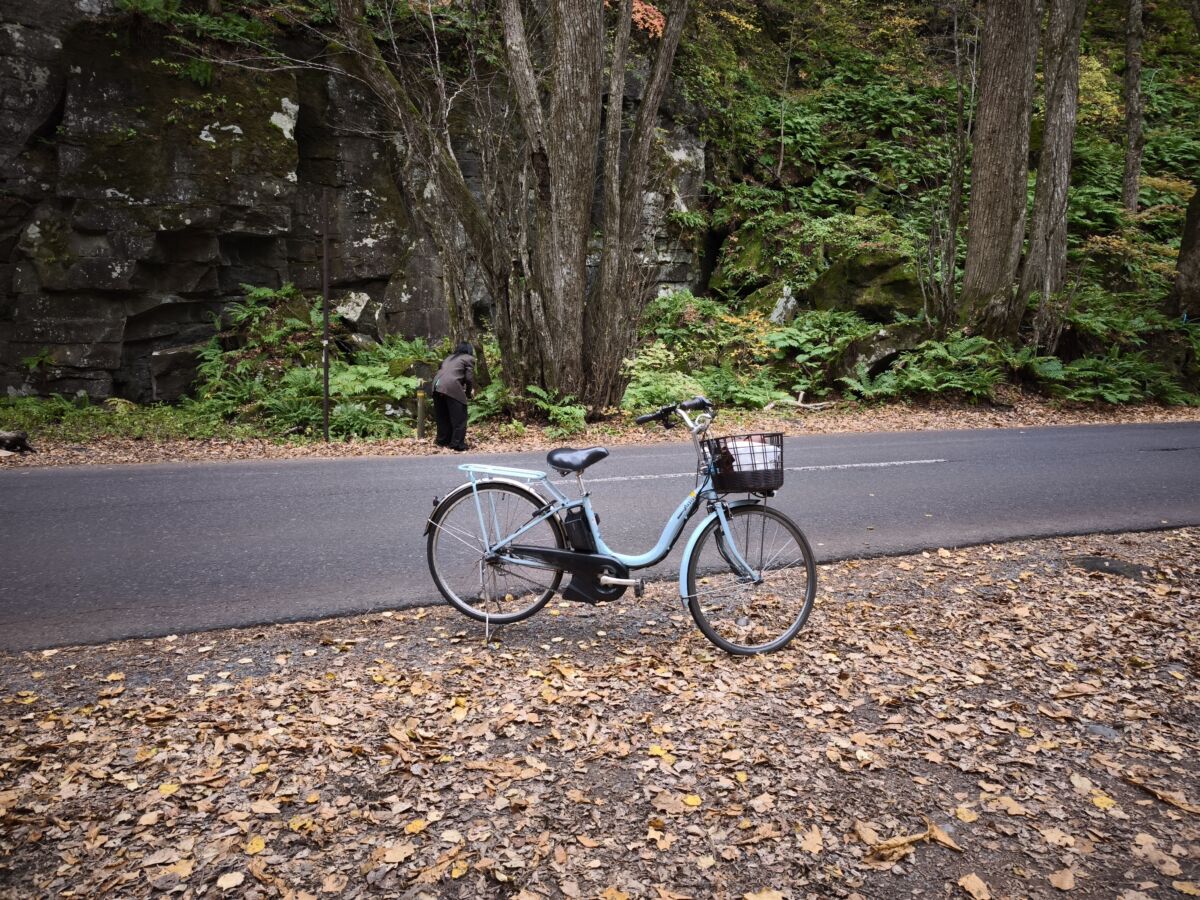Professional camera setups are still king when it comes to photography, but there’s no denying that smartphone technology has come a long way to deliver quality snapshots from your pockets. Once an underdeveloped craft, modern handsets now offer powerful camera capabilities that continue to close the gap between casual and serious shooters, with their, compact form factor allowing for greater on-the-go convenience.

With almost all handset makers, the flagship lineup naturally packs the most punch, so a premium asking price is only to be expected. For Chinese company Xiaomi, which has always been big on value, the appeal of its devices lies in making them more accessible to the general crowd, and its latest offering is no different.
The Xiaomi 14T Pro, while more of a premium mid-ranger than a high-end contender, starts at S$869 – a competitive and reasonable price point for its class also because it sports the flair and brand of renowned German photography equipment manufacturer, Leica.
Externally, the rear camera setup also feeds into its identity. Amid a landscape of identical-looking designs, this handset establishes its own by inheriting its predecessor’s distinctive look, which fits a three-camera system into a hard-to-miss square cutout. It protrudes out a little, but is notably less bulky than before, even if the unit still cannot lay flat on a surface. There’s a subtle diffused sheen to the 3D-curved back that feels nice on the hand, with an aluminium alloy frame adding to the finishing touch.
Measuring 160.4mm by 75.1mm and 8.4mm thick, the Xiaomi 14T Pro weighs 209 grams (versus 206 grams previously) and its size may take some getting used to. The build is sturdy, however, offering IP68-rated water and dust resistance, on par with flagship devices. Display and hardware tech, too, remains impressive, clocking a 144Hz refresh rate and 2,712 x 1,220 resolution on a 6.67-inch AMOLED display that delivers sharp detail and crisp visuals.

Under the hood, it runs a MediaTek Dimensity 9300+, a starting storage of 256GB, and 12GB of RAM. The latter two can be upgraded to 1TB and 32GB respectively, forming the configuration of this review unit, which more than powers users through day-to-day productivity and mobile gaming, extending to smooth performance even on more GPU-intensive titles like Genshin Impact.
The main star here, though, is the Leica-branded shooter. Armed with a 50-megapixel (MP) wide camera, a 50MP telephoto, and a 12MP ultrawide, the Xiaomi 14T Pro appears similar to its predecessor – except the main camera now boasts Sony’s larger IMX906 image sensor and a slightly smaller aperture. Here’s the full list of specifications, for those interested in the numbers:

- 50MP, f/1.6, 23mm (wide), 1/1.31”, 1.2µm, PDAF, OIS
- 50MP, f/2.0, 60mm (telephoto), 1/2.88”, 0.61µm, PDAF, 2.6x optical zoom
- 12MP, f/2.2, 15mm (ultrawide), 1/3.06”, 1.12µm
The 32MP selfie camera also comes as a mark-up, offering sharp detail, accurate subject separation, and acceptable skin tones. However, zooming in reveals mushy edges along some parts that blend into the background, producing an occasional stray amid softer touches.


Like before, users can choose between two basic photographic styles: Leica Authentic and Leica Vibrant. The characteristic of each lies in the name, but essentially, the former delivers more natural, true-to-life images, while the second dials up the colours and saturation levels without going overboard. Personally, the Leica Authentic proved to be the more attractive option, and the ease at which users can easily switch between the anytime is a definite bonus.
Taking the Xiaomi 14T Pro out for a spin in Aomori, Japan yielded highly competent photographic images that lend themselves extremely well to its value proposition – even if it may not necessarily be on par with flagship-level quality. Architectural and natural landscapes exhibit lively hues and crisp detail, though there are several instances of inconsistent or missed exposure when shooting with the 50MP lens. This results in underexposed spots in images, more notably when the sky is captured, giving off a post-apocalyptic and desolate style at times.


Under natural lighting, brighter colours can occasionally appear more saturated than they actually are, with the apples in a snapshot, for instance, bearing overly rosy tints. Dynamic range is decent, albeit limited, with the triple-camera system performing admirably well in most scenarios, including low-light conditions. There’s hardly any fuzziness or flare in night shots, and the darker shades are nicely preserved. Between retaining a respectable amount of detail and reducing noise, the hybrid zoom works to good effect, too.










Close-ups, unfortunately, are more of a hit-or-miss. The portrait mode leverages AI for bokeh effects at the three focal lengths, and while it’s more than capable of producing gorgeous allure, its levels of focus and subject separation capabilities fail to meet expectations. More inconsistent than other shooting modes, it presents the challenge of fitting desired subjects within a tight and awkward focus area, limiting creative expression and affecting point-and-shoot efficiency. The standard camera modes tend to work better in such cases, although there’s plenty to love when it’s at its best.




Check out the remaining sample pictures below, extracted right out of the phone with no edits:








For all its slight flaws, the Xiaomi 14T Pro comes highly recommended for day-to-day photography, including travel. The Leica flair guarantees a certain quality for basic-level shooting, while more experienced shutterbugs can look forward to exploring and unleashing its full potential. Again, it wouldn’t be fair to compare the device’s camera performance against flagship models like the Apple iPhone 16 or Samsung S24 series, and the handset certainly packs enough raw power to stand on its own. It’s no home run, but users will be hard-pressed to find another contender at a similar price that can impress this visually – photography-wise, at least.

The Xiaomi 14T Pro retails for S$869 with 12GB of RAM and 512GB of storage, and S$999 when upgraded to 1TB. It comes in three colours: Titan Black, Titan Blue, and Titan Gray.













